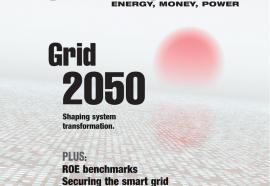Better Safe Than Compliant
Protecting the smart grid requires a broader strategy.
NERC’s critical infrastructure protection (CIP) standards set a minimum level of security performance—and only for high-voltage transmission systems, not the distribution grid. A compliance-checklist approach to security might lack the adaptability needed to combat evolving threats like the Stuxnet worm. A multi-layered, risk-based approach will provide better protection for the emerging smart grid.









